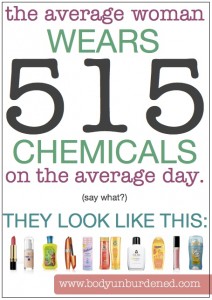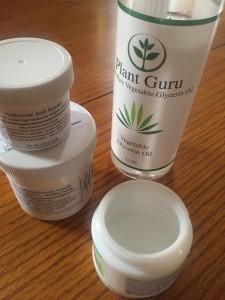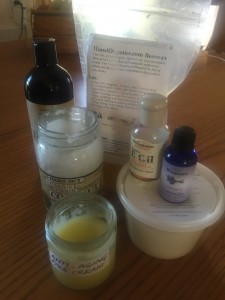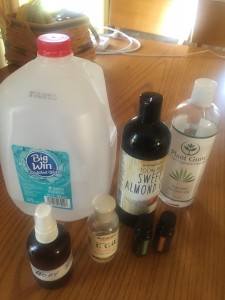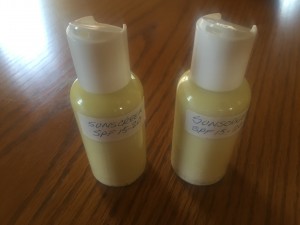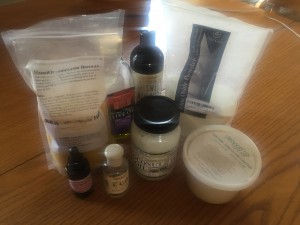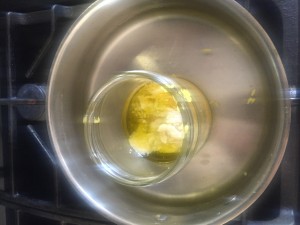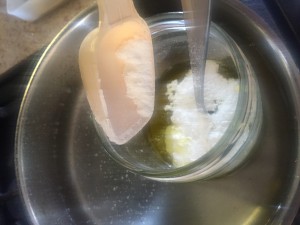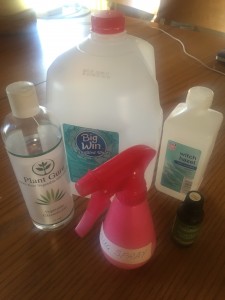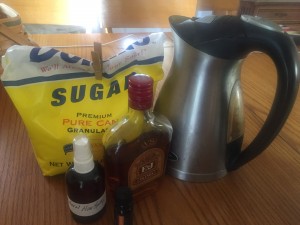Healthy eating and Nutrition 101
All our foods fall into three basic categories: Carbohydrates, Proteins and Fats.
Carbohydrates
Carbohydrates provide the main source of energy for our bodies. Carbohydrates come from plant based foods and include all fruits and vegetables, along with grains, nuts, seeds and legumes. There are three basic types of carbohydrates:
- Sugars
- Starches
- Fiber
Carbohydrates contain 4 calories per gram. However some carbohydrates are much better for your body than others.
Good carbohydrates
These are complex carbohydrates, that take longer to digest and do not turn immediately to sugar. They also contain vitamins, minerals, phytochemical and fiber which are essential to health and well being.
- fruits
- Legumes
- Nuts
- Vegetables
- Seeds
- Whole grains
Bad carbohydrates
These are simple carbohydrates that turn immediately to sugar in your body. Otherwise known as empty calories with little to no nutritional value.
- Candy
- Soda
- White flour
- White sugar
- Includes white rice, white pasta
- Proteins
Protein
It is recommended that 10-35% of our daily calorie intake comes from protein. For women at least 50 grams per day and at least 60 grams a day for men. For very active and athletic individuals, more protein would be recommended. Proteins are essential in our diets specifically for the growth and repair of tissue, and keep our bodies functioning properly. Proteins also contain 4 calories per gram, and can be derived from both animal and plant based sources. Below are some good protein sources and show how easy it is to get enough protein into your diet.
- A 3-ounce serving of meat contains approximately 21 grams of protein. While an 80z serving of meat contains over 50 grams of protein.
- 8 oz of yogurt contains roughly 11 grams of protein.
- A cup of milk contains 8 grams of protein.
- A cup of dry beans contains 16 grams of protein.
- Cooked fish has about 6 grams of protein per oz
- One egg has 6 grams of protein
- 1 oz of nuts has 6 grams of protein
- 1 cup on quinoa has 8 grams of protein
- 1 cup of kale has 2.6 grams of protein
- 1 cup of rice and black beans contains 7 grams of protein
Fats
The American Heart Association recommends that healthy fat should compose 30% of your daily calorie intake. For example, if you are on a 1600 calorie a day diet, you can dedicate around 477 calories to fat which is 53 grams.
Fats, also known as EFAs (Essential Fatty Acids), are comprised of saturated and unsaturated fatty acids. Fats contain 9 calories per gram, so although need to be consumed in smaller quantities are an essential component of our daily calorie intake.
Essential fatty acids have many important functions:
- Help the brain develop
- Help the body absorb certain vitamins and move them through the blood
- Help the blood to clot
- Control inflammation
Saturated fat
This is the kind of fat found in animal products such as butter, whole milk and meats, and can also be found in some plant based foods such as coconut oil and palm oils. These should be limited in your diet as they can increase the LDL cholesterol in your blood that can cause blockages, so should be eaten in strict moderation. Coconut oil is reputed to be a ‘better’ saturated fat promoting heart health and increases good (HDL) cholesterol. However, it is a more highly saturated fat than butter saturated fat can also increase bad cholesterol (LDL), so just be aware of both sides.
Unsaturated fat
This is the healthy fat that should make up about 80% of our daily fat consumption. Unsaturated fats are found in fish, most vegetable oils and nuts. Although healthier than saturated fat, these healthy fats are still high in calories so should be used in moderation. These fats are divided into two categories:
Monounsaturated fat – These contain Omega 6 fatty acids, and are more readily found in mass produced and processed foods and common vegetable oils such as sunflower oil.
Polyunsaturated fat – These contain Omega 3 fatty acids which most of us are lacking in our diets. Its important to focus a little more on getting enough of these type of fats. The ration of Omega 3 to Omega 6 fatty acid consumption should be 1:1 but in todays world of refined foods Omega 3s have become harder to find, making this ration way off.
It’s not that Omega 3 is better than Omega 6, it is just important for our health and prevention of illnesses such as diabetes and heart disease that the ratio of one to the other is balanced, and that we don’t eat 5-6 times more Omega 6 than Omega 3. Its for this reason that food company’s are now advertising ‘Omega 3’ on packaging.
Good sources of Omega 3 fatty acids:
- Free range eggs
- Chia seeds
- Flax seed
- Salmon, sardine, herring, mackerel
- Walnuts
Recommended Daily Calorie allowance
Your daily consumption of calories should be proportional to your size, activity level, and your goal i.e. maintain, gain or lose weight.
The least amount of calories that should be consumed by a woman on a diet is 1200 calories, and for men it would be 1400. This is assuming your goal is weight loss. For maintenance a 1600 calorie a day allowance is recommended for sedentary women, and 2200 for active women. 2200 is recommended for sedentary men and 2800 for active men.
1 1b of fat is comprised of 3500 calories. This means that in order to lose 1 1b of weight, you need to create a 3500 calorie deficit. ie. you need to expend 3500 calories more energy than calories consumed. Over the course of a week, this means a 500 calorie/day deficit needs to be created.
Daily recommendations of protein, carbs and fats:
- Fats 30% (20-25%)
- Carbs 50% (45-65%)
- Protein 20% (10-35%)
If you are eating 1600 calories a day, this would mean aiming to eat roughly 53 grams of healthy fat, 200 grams of carbohydrates and 80 grams of protein. You should also aim to eat around 22 or more grams of fiber daily which will probably be included if you make good choices for fats, carbs and protein. High fiber foods include:
- vegetables
- legumes
- Whole grains
10 Important tips on losing weight:
- Eat food that looks like how it grew – Some good examples are broccoli, a chicken breast, a potato. Foods that come in packages are highly processed and rarely look like they did when they were growing.
- Exercise – there are no shortcuts! If you want to lose weight and get in shape, you have to exercise as well as adjust your eating habits. Begin to build exercising into your schedule, maybe a little at a time to start with then increase it slowly. A variety of exercise is the best way to increase overall health including: weight bearing exercises, cardio, stretching and strengthening (Yoga/Pilates). Your body is designed to move, so move it or lose it.
- Eat 5 small meals a day instead of 3 big meals. Meals should get smaller as the day goes on, not larger. Dinner should be your lightest meal.
- Eat a good breakfast covering all the food groups. This should be your largest meal ideally. But at the very least, make it a good nutritious meal.
- Stop eating after 7pm. No late night snacking
- Hydrate! Drink lots of water, and minimal other beverages. Definitely avoid sugary drinks. You need about half your body weight in fluid oz of water per day, not including sweat lost during workouts.
- Keep a food journal – write down everything you eat or use one of the on-line apps to track your daily calories. This way you can see where you need to cut down or improve your choices.
- Stay away from trigger foods – These are the foods that you KNOW once you start eating, it’s hard to stop. Get them out of your cupboards, and replace with healthy alternatives that will not tempt you to overeat.
- Do more cooking – There is no getting away from it, if you want to eat better and healthier you will need to spend more time in the kitchen preparing food. There are some quick and easy cheats you can use if your schedule is super busy, but some cooking will need to become a part of your weekly schedule. Maybe take a morning over the weekend to prepare some foods you can eat the next week. For example, one big vegetable frittata can last for a whole week of breakfasts.
- Swap breakfast and dinner – If you are really serious about losing weight and kick starting your diet, swap your dinner and your breakfast. We usually eat a pretty small breakfast and a much larger dinner. If we do the opposite, and eat very little last thing at night, I guarantee the pounds will begin to shift.
Daily servings suggested and some ideas with calorie counts:
3 servings of grains.
- 1 cup of cooked brown rice. 214 calories
- 1 slice of whole grain bread. 65 calories.
- 1 whole wheat tortilla 160 calories
- 1 cup cooked oatmeal. 145 calories
5-7 servings vegetables:
- 1 cup of kale. 34 calories
- 1 cup cooked broccoli. 31calories
- 2 cups romaine lettuce. 16 calories
- 1 tomato. 22 calories
- 1 cup cucumbers 16 calories
- 1 cup of raw carrots. 52 calories
- 1 cup red pepper 39 calories
- 1 medium sweet potato 112 cal or
- 2 med red potatoes 153 cals each
2 fruits:
- 1 apple 72 calories
- 1 banana 105 calories.
- 1 half avocado 165 calories (15g fat)
2 Servings dairy
- 1 cup milk
- 1 cup of non fat Greek yogurt. 150 calories. Or kefir 170 cals
- Or 1 cup almond milk 40 calories
5 servings protein
- 1 cup cooked ground turkey 296 calories
- 8oz salmon. 256 calories.
- 1/4 cup uncooked = 1 servings. 170 calories. Or
- 5oz chicken breast
Beans/legumes
- 1/4 cup hummus. 109 calories
Fats 4t
1T Olive oil. 119
1T Coconuts oil 118 calories
1T peanut butter 94 calories
A Sample Meal plan with calorie count:
Option 1:
Prior to eating breakfast, try starting your day with a large glass of warm water with a lemon squeezed into it. This promotes weight loss, helps flush your body and gets you started hydrating first thing.
Breakfast: The most important meal of the day! I like to start the day by incorporating as many food groups as I can, specifically focusing on raw vegetables.
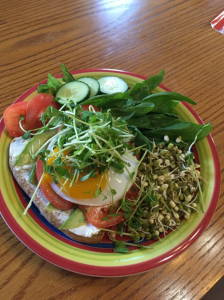 1 slice whole wheat toast 80-110 calories depending on brand.
1 slice whole wheat toast 80-110 calories depending on brand.- 1/4 avocado – spread on the toast – 50 calories
- 1 oz smoked salmon – 33 calories
- 1 egg – 70 calories
- 1 cup raw spinach – 8 calories
- 1/2 cup sprouts – 10 calories
- 1 tomato – 33 calories
- 1/2 cup cucumber – 8 calories
Total Calories here is just over 300. I add a banana which is an additional 80 calories.
Snack: Carrots w/ 1/4 cup hummus. 160 calories
Lunch: Salad with quinoa and salmon. approximately 550 calories
Snack: 1 cup of Non fat Greek yogurt 150 calories
Dinner:
- Ground turkey w/sweet potato and broccoli 435 calories
- Dessert: apple 80 calories
Total Calories: approximately 1755
Option 2:
Breakfast: 2 cups oatmeal w/T honey and almond milk. 370 calories
Snack: 1/4 cup nuts 200 calories
Lunch: Salad w/4oz salmon and 1 egg 1 T olive oil – 430 calories
Snack: Apple w/1T peanut butter. 155 calories
Dinner
- 6 oz Chicken breast 280 calories
- 1 cup rice 250 calories
- 1 cup cooked broccoli. 31
- Total = 560 calories

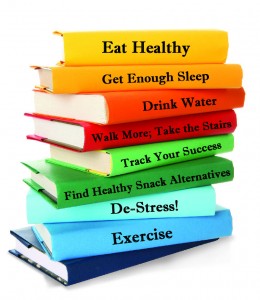
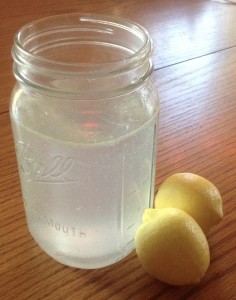
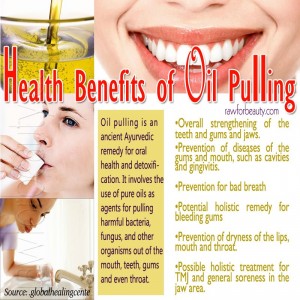


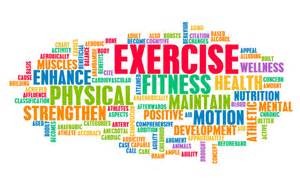

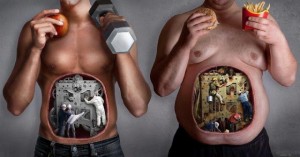

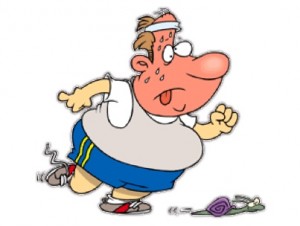 getting more than just our workout in during the week. If a trainer is not possible for you, start by moving more, walking further, parking farther away from places. Take the stairs and not the elevator. Start small and increase gradually, keep a log so you can see the improvement. Check out my workout page for some easy ideas for working out at home.
getting more than just our workout in during the week. If a trainer is not possible for you, start by moving more, walking further, parking farther away from places. Take the stairs and not the elevator. Start small and increase gradually, keep a log so you can see the improvement. Check out my workout page for some easy ideas for working out at home. er. We each need about half our body weight in fluid oz of water daily. This is the best visual image of why
er. We each need about half our body weight in fluid oz of water daily. This is the best visual image of why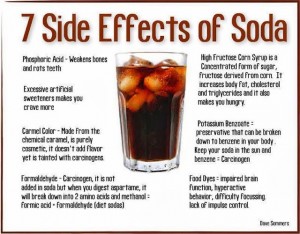
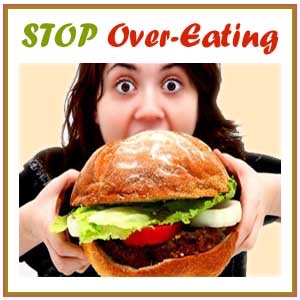 on out of eating, and see it as providing fuel and nutrition for our bodies. Try finding a different habit to comfort you when things don’t go as planned, or a different reward when things go well. This will be a big step in the right direction. Diets can provide a short term solution, but unless you change the way you eat long term, eventually when the diet ends you will resume old habits and gain the weight back again. Slowly purge your pantry of ‘trigger’ foods, those you can’t stop eating, and incorporate healthier choices. For more on this topic go to the ‘Change the way you eat’ page of this site.
on out of eating, and see it as providing fuel and nutrition for our bodies. Try finding a different habit to comfort you when things don’t go as planned, or a different reward when things go well. This will be a big step in the right direction. Diets can provide a short term solution, but unless you change the way you eat long term, eventually when the diet ends you will resume old habits and gain the weight back again. Slowly purge your pantry of ‘trigger’ foods, those you can’t stop eating, and incorporate healthier choices. For more on this topic go to the ‘Change the way you eat’ page of this site.